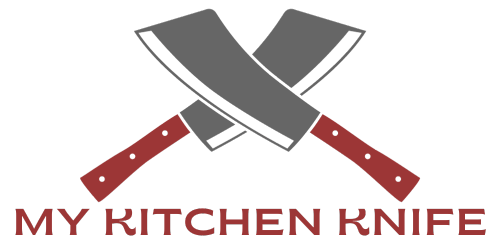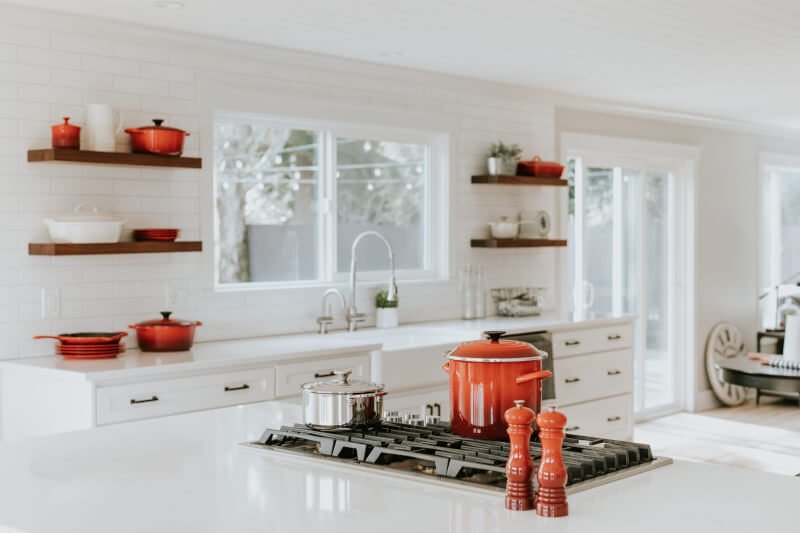Are your kitchen knives starting to feel dull and ineffective? Don’t fret, because we’ve got the ultimate guide to sharpening them right in the comfort of your own home. Say goodbye to struggling with blunt blades and hello to effortlessly slicing and dicing like a professional chef. In this comprehensive guide, we’ll walk you through the step-by-step process of sharpening your kitchen knives, providing you with expert tips and techniques along the way. Get ready to bring your knives back to life and elevate your culinary game to a whole new level.
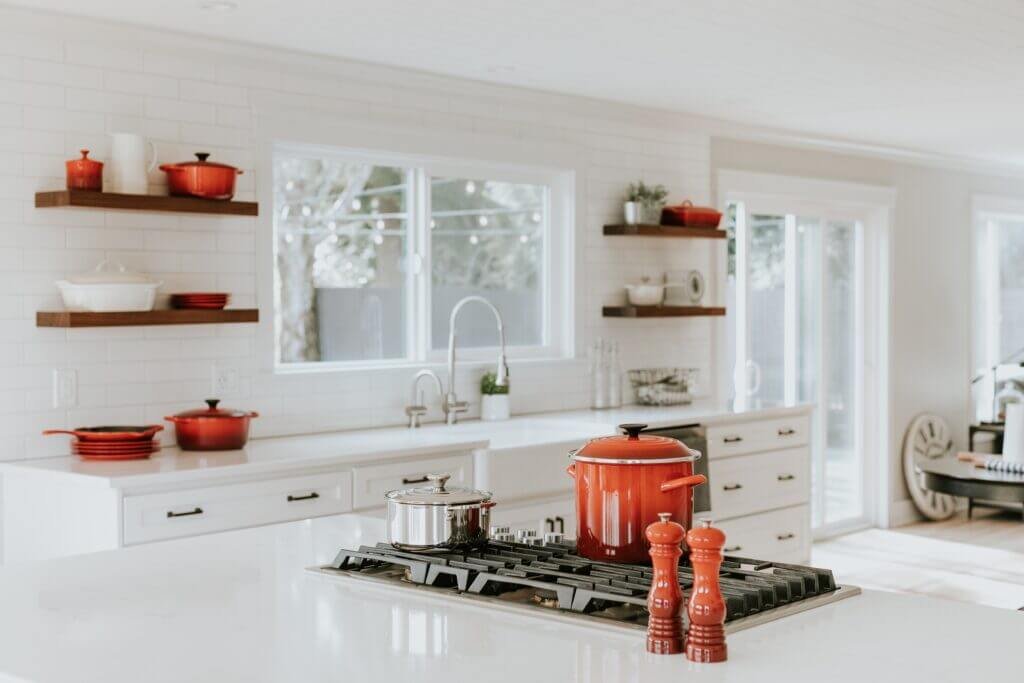
Choosing the Right Sharpening Method
Understanding Different Sharpening Methods
When it comes to sharpening your kitchen knives at home, it’s important to understand the different methods available to you. Each method has its own advantages and disadvantages, so it’s crucial to choose the right one for your needs. The three most common methods of sharpening are using a honing rod, a sharpening stone, or a knife sharpener.
Selecting the Right Method for Your Knives
To determine which sharpening method is best for your knives, you should consider several factors. The condition of your blades, the type of knives you have, and your level of experience all play a role in choosing the right method. If your blades are in good condition and just need a tune-up, a honing rod may be sufficient. For more severely dull knives, a sharpening stone or a knife sharpener may be necessary. It’s also important to consider your own comfort level and familiarity with each method before making a decision.
Gathering the Necessary Tools
Essential Tools for Sharpening Knives
Before you begin sharpening your kitchen knives, it’s crucial to gather all the necessary tools. The essential tools you’ll need include a honing rod, a sharpening stone or knife sharpener, a cleaning cloth, and a cutting board or towel to protect your work surface. These tools will ensure that you have everything you need to properly sharpen your knives.
Optional Tools for Advanced Sharpening
If you are looking to take your sharpening skills to the next level, there are a few optional tools that can be useful. Some of these tools include a leather strop, a blade guide, and a magnifying glass. While these tools are not necessary for basic sharpening, they can be helpful for achieving a finely polished and razor-sharp edge.
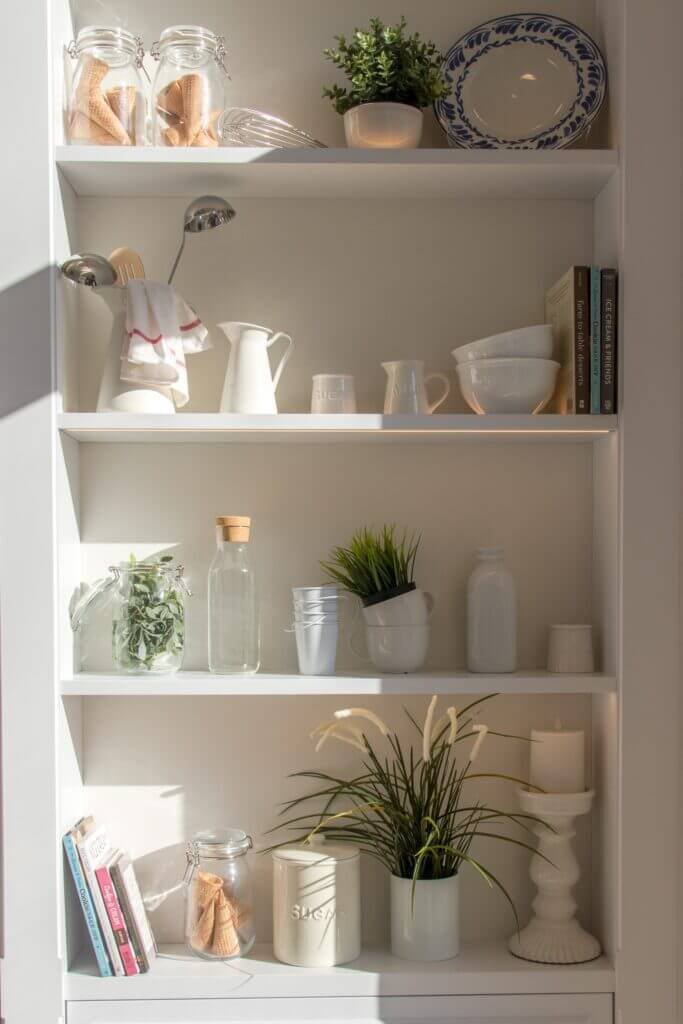
Understanding Knife Angles
The Importance of Knife Angle
Understanding knife angles is crucial when it comes to sharpening your kitchen knives. The angle at which you hold the knife against the sharpening surface will determine the sharpness and durability of your blade. Different knives require different angles, and finding the correct angle for your specific knife is essential for achieving optimal results.
Determining the Correct Angle for Your Knife
To determine the correct angle for sharpening your knife, it’s helpful to refer to the manufacturer’s instructions or guidelines. If those are not available, a general rule of thumb is to start with a 15-20 degree angle for most kitchen knives. However, it’s important to note that this angle may vary depending on the type of knife you have. Experimenting with different angles and assessing the results will help you find the perfect angle for your knife.
Preparing Your Knives for Sharpening
Cleaning and Drying Your Knives
Before you begin sharpening your knives, it’s important to clean and dry them thoroughly. This will remove any dirt, debris, or residue that may interfere with the sharpening process. Use a mild dish soap and warm water to clean the blades, and be sure to dry them completely before moving on to the next step.
Assessing the Condition of the Blades
Once your knives are clean and dry, take a moment to assess their condition. Examine the blades closely to look for any chips, cracks, or other signs of damage. If you notice any major flaws, it may be best to consult a professional for repair or replacement. For minor issues, such as dullness or small nicks, you can proceed with sharpening.

Using a Honing Rod
Understanding the Purpose of a Honing Rod
A honing rod, also known as a sharpening steel, is a cylindrical tool used to maintain the sharpness of your kitchen knives. Unlike a sharpening stone or knife sharpener, a honing rod does not actually remove metal from the blade. Instead, it straightens and aligns the edge of the blade, helping to keep it sharp between sharpenings.
Proper Technique for Using a Honing Rod
To use a honing rod, hold it firmly in one hand with the tip pointing upward. With your other hand, hold the knife and place the heel of the blade against the tip of the rod. Using a gentle but firm pressure, slide the blade down the length of the rod in a sweeping motion. Repeat this process several times on each side of the blade, alternating sides with each stroke. Be sure to maintain a consistent angle and avoid applying too much pressure, as this can damage the blade.
Using a Sharpening Stone
Understanding the Different Types of Sharpening Stones
Sharpening stones, also known as whetstones, are abrasive tools used to sharpen kitchen knives. There are several different types of sharpening stones available, each with its own unique characteristics. The most common types of stones include oil stones, water stones, and diamond stones. Oil stones require the use of oil as a lubricant, while water stones require water. Diamond stones, on the other hand, do not require any lubrication.
Step-by-Step Guide to Sharpening with a Sharpening Stone
- Place the sharpening stone on a non-slip surface or use a stone holder to secure it.
- Wet the stone with either oil or water, depending on the type of stone you are using.
- Hold the knife at the desired sharpening angle and position the blade on the stone.
- Using light pressure, move the blade across the stone in a smooth, sweeping motion, starting at the base and moving towards the tip.
- Repeat this motion several times on each side of the blade, alternating sides with each stroke.
- Continue sharpening until you have achieved the desired level of sharpness, periodically adding more oil or water to the stone as needed.
- Once you are finished, clean the blade thoroughly to remove any metal particles or residue from the sharpening process.
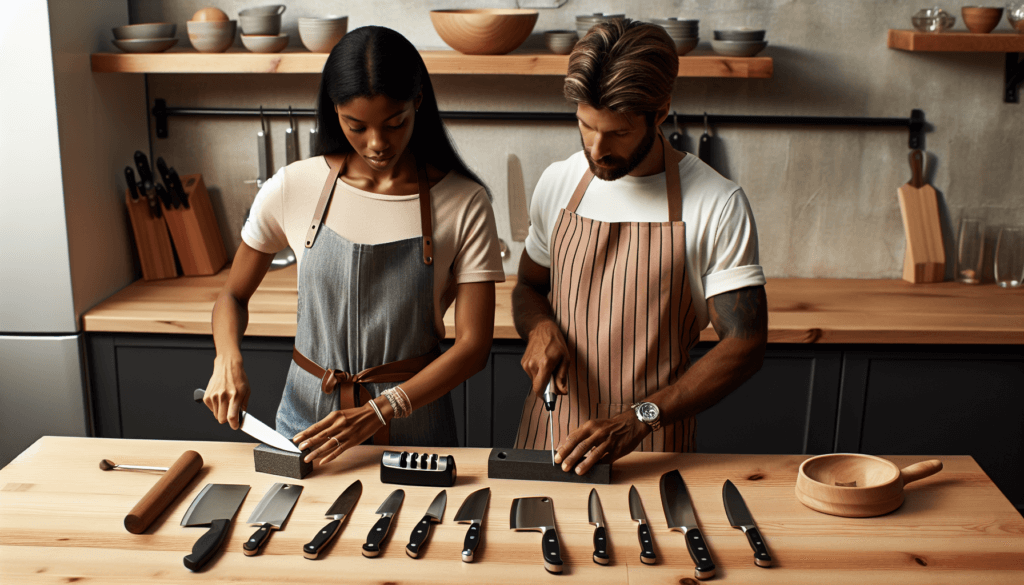
Using a Knife Sharpener
Types of Knife Sharpeners
Knife sharpeners are another popular method for sharpening kitchen knives at home. There are several different types of knife sharpeners available, including manual pull-through sharpeners, electric sharpeners, and guided sharpening systems. Each type offers its own advantages and disadvantages, so it’s important to choose the one that best suits your needs and preferences.
Step-by-Step Guide to Using a Knife Sharpener
- Read the manufacturer’s instructions to familiarize yourself with the specific features and operation of your chosen knife sharpener.
- Place the sharpener on a stable surface and ensure that it is secure.
- Depending on the type of sharpener, insert the knife into the appropriate slot or follow the instructions for blade placement.
- Slowly and steadily pull the knife through the sharpener, following the specified angle and pressure guidelines.
- Repeat this process several times, gradually increasing the pressure with each pass.
- Once you are satisfied with the sharpness of the blade, clean it thoroughly to remove any metal particles or residue.
Honing vs Sharpening
Differences Between Honing and Sharpening
Honing and sharpening are often used interchangeably when it comes to maintaining the sharpness of kitchen knives. However, they serve different purposes and are done using different tools. Honing is the process of straightening the blade to maintain its sharpness, while sharpening involves actually removing metal from the blade to create a new, sharp edge. Knowing the difference between honing and sharpening is essential for properly caring for your knives.
When to Hone Your Knives and When to Sharpen Them
Honing should be done regularly, as it helps to keep the blade aligned and preserves the sharpness of the edge. It is recommended to hone your knives every few uses or as soon as you notice a decrease in cutting performance. Sharpening, on the other hand, is a less frequent process that is needed when the blade has become dull or damaged. It is recommended to sharpen your knives once or twice a year, depending on your usage and the condition of the blades.
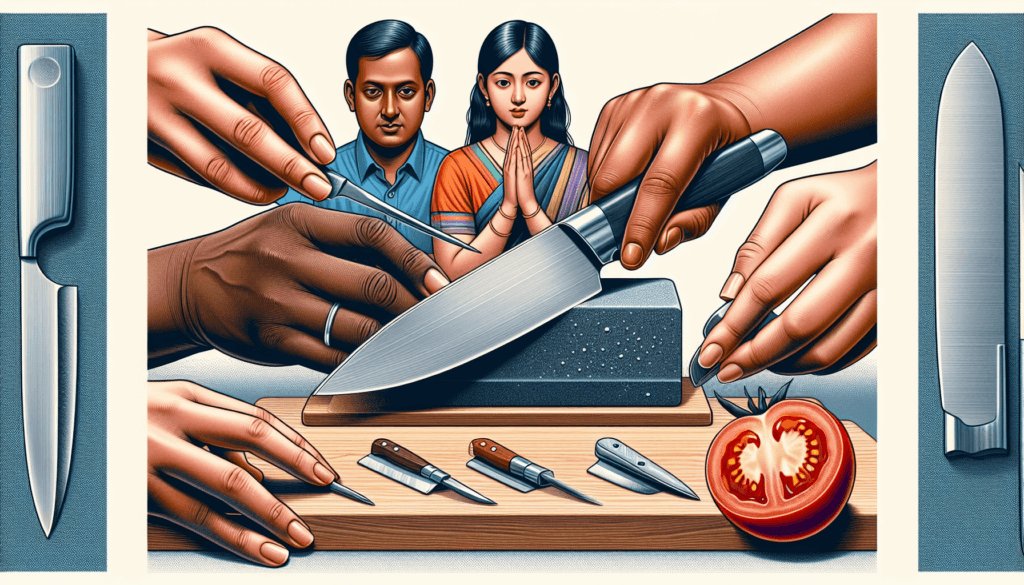
Maintaining Sharpness and Care
Proper Storage to Prevent Dulling
Proper storage of your kitchen knives is essential for maintaining their sharpness. Avoid storing them loose in drawers, as this can cause the blades to come into contact with other utensils and dull them. Instead, use a knife block, a magnetic knife strip, or individual blade guards to protect your knives and keep them sharp for longer.
Regular Maintenance for Prolonged Sharpness
In addition to regular honing and occasional sharpening, there are other maintenance tasks you can perform to keep your knives sharp. These include cleaning and drying them after each use, avoiding cutting on hard surfaces such as glass or marble, and using a proper cutting board made of wood or soft plastic. By following these maintenance tips, you can prolong the sharpness of your knives and ensure they perform at their best.
Tips and Tricks
Avoiding Common Mistakes
When it comes to sharpening your kitchen knives, there are several common mistakes that should be avoided. These include using too much pressure, using the wrong angle, not properly cleaning the blades before sharpening, and neglecting to regularly hone and sharpen your knives. By being aware of these mistakes and taking the necessary precautions, you can avoid damaging your knives and achieve a razor-sharp edge.
Achieving a Razor-Sharp Edge
To achieve a razor-sharp edge on your kitchen knives, it’s important to follow the correct techniques and be patient. Take your time when sharpening and pay close attention to the angle and pressure applied. Experimenting with different methods and tools can also help you find the approach that works best for you. With dedication and practice, you can achieve a razor-sharp edge that will make your kitchen tasks a breeze.
In conclusion, sharpening your kitchen knives at home is not only practical but also beneficial for maintaining the sharpness and longevity of your blades. By understanding the different sharpening methods, gathering the necessary tools, and following proper techniques, you can keep your knives in optimal condition. Remember to regularly hone and occasionally sharpen your knives, while also practicing proper maintenance and care. With the tips and tricks outlined in this comprehensive guide, you’ll be well on your way to achieving a razor-sharp edge on your kitchen knives. Happy sharpening!
